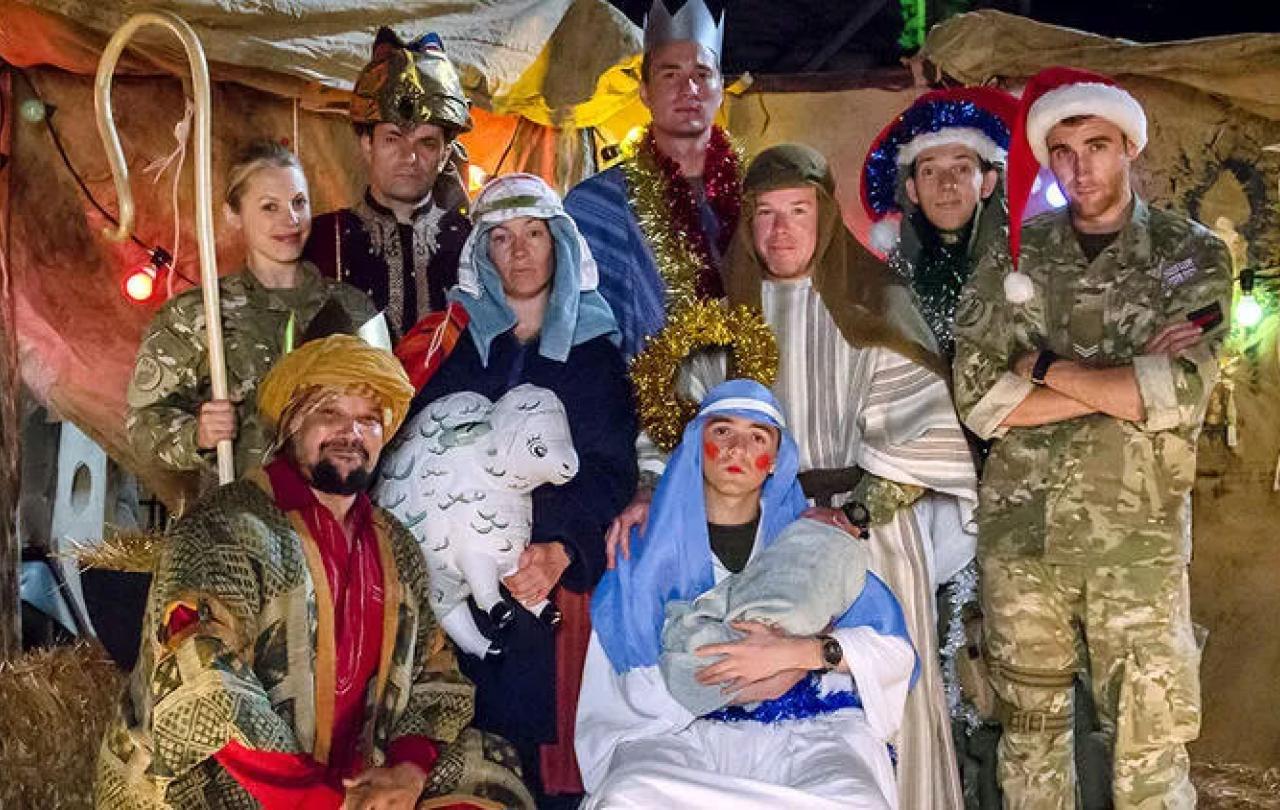Both my father and my father-in-law have spent a lot of time documenting our family histories. On my side of the family, I have historical connections with Sri Lanka, India, Ireland, and Malaysia, and cousins who have recently made their homes in Australia and Cambodia. On my wife’s side of the family, there are direct descendants of the Huguenots, who found sanctuary in England after fleeing religious persecution in France in the sixteenth and seventeenth centuries.
It is both fascinating and heart-breaking to discover how our lives are part of a history of global people movements, and the struggles that they inevitably bring with them. I grew up hearing stories of my Indian grandmother’s tragic separation from her children after her husband – an English tea plantation owner – was killed in El Alamein in World War Two. I grew up hearing stories of my mother being sent out barefoot to collect water for the orphanage in the Himalayas where she lived. I grew up hearing stories of my father who as a child, 5,000 kilometres away from my mother, was woken at 5am each day to be taken to the temple.
However difficult it is for me to imagine, their stories are part of my story. And they in turn are part of an even bigger story that offers a wider explanation not only of where we come from but where we are going. Ancestors such as Abraham, Moses, and David call us to reconnect with our family roots – and with God himself.
Moses puts it like this in a song that was passed down through the generations and recorded in the Psalms:
Lord, you have been our dwelling place throughout all generations. Before the mountains were born or you brought forth the whole world from everlasting to everlasting you are God.
For me, the quest to find out who I truly am, where I come from, where I belong, and what my destiny might be, – led me to become a Christian. In searching for identity, meaning, and purpose, I realized that "home" for me meant coming home to God.
From Abraham's journey to my parents' migration, my family's story has always been one of movement, separation, and finding belonging. Now, in my work with refugees around the world, I feel a deep personal connection not just to my own ancestors' experiences but to all those who share similar stories of displacement and hope.
That's why I loved the powerful moment in Moana 2 when a fleet of small boats arrive on the shores of a distant land to a rapturous welcome. These travellers aren't seen as strange outsiders or potential threats; instead, they're embraced as long-lost family. Their treacherous journeys are honoured, not criticised or dismissed as we often see in today's responses to migrants.
Moana is recognized as a master navigator, and, true to Polynesian custom, receives a tattoo to mark her achievement—a symbol of pride, resilience, and belonging. Her tattoo also possibly indicates that she is being set up as with demi-god powers for the trequel. But we have to wait to see if there will be a Moana 3. In the meantime, I highly recommend the film, especially if you have fostered children in your life, or fancy organising a Polynesian-themed party, or just need a healthy dose of girl-power inspiration. That should cover all of us.






